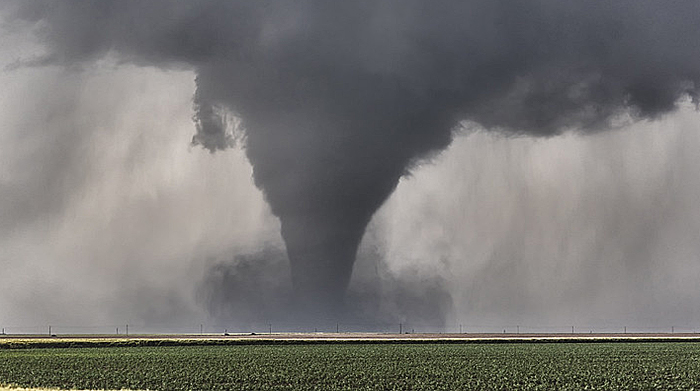Is Climate Change Increasing Tornado Frequency?

Image courtesy of Niccolò Ubalducci under Attribution-NonCommercial-NoDerivs 2.0 Generic License, resized to 700 x 391 pixels.
With all the recent tornado disasters in Mississippi and elsewhere, it can seem like overall tornado frequency and severity is on the rise, which seems logical enough given what we know about climate change. However, scientists have not been able to prove that such a correlation exists. So, what gives?
Why Scientists are Struggling to Explain Recent Increases in Tornado Frequency
There were 236 tornados recorded in March 2022, the most during the month of March in over 70 years (2023 data is not available as of the time of this writing).
The most recent tornado disaster, as of the time of this writing, occurred March 24, 2023. At least 25 people were killed – most of which resided in Mississippi – and hundreds more were left without shelter. The EF-4 twister spawned 200-mph winds, spanned approximately 170 miles, and traveled nearly 60 miles, which is an unusually long distance for one to travel.
According to the National Weather Service (NWS), a tornado of this magnitude is rare. And this begs the question; did climate change have any impact? The answer is a definite…maybe.
This is not to say that a correlation does not exist; rather, it’s more about the difficulty drawing said correlations. There are 2 main reasons for this:
- Lack of data. Despite the fact that the U.S. leads the world in tornados, averaging roughly 1,200 a year, scientists have much more data on hurricanes and wildfires than they do on tornadoes. This is at least partially due to the fact that less than 10% of thunderstorms generate tornado activity.
- Lack of simulation capability limits the degree to which key tornado variables can be replicated for analysis. Models designed to simulate tornado events are, simply put, not quite ready for prime time.
Look, I think it is anecdotally understood that climate change is increasing tornado frequency, regardless of whether it can be proven in a scientific model. As utility emergency preparedness professionals, we’re not immune to this trend, and therefore it is critical to make sure this type of activity is accounted for in emergency plans.



